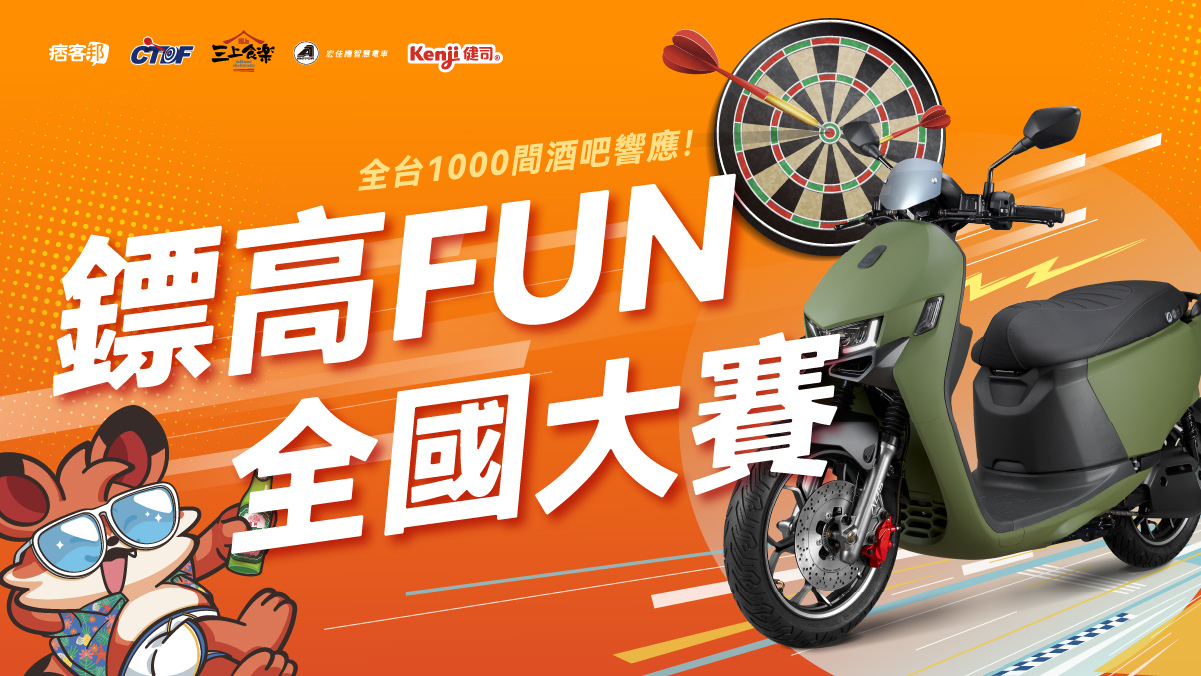TPMT = Tibialis Posterior Myofascial Tightness
※ Biomechanical Rationale
☆ Anatomy origin: lateral part of posterior surface of tibia, upper two-thirds of medial surface of fibula
insertion: tuberosity of navicular bone, planter surface of 2d,3d and 4th metatarsal base.
Function: plantarflex and invert foot
☆ “2 pulley” System
1. medial malleolus
2. plantar-medial aspect of the navicular tuberosity
※ Clinical Presentation and the Clinical Decision Making Process to Identify TPMT
☆ TPMT v.s. Tibialis Posterior Myofascial Dysfunction
☆ TPMT v.s. Plantar Fascitis
☆ TPMT v.s. Joint Dysfunction
☆ TPMT v.s. Spur
※ Nonsurgical Management of Tibialis Posterior Dysfunction
☆ 95% can usually be alleviated by conservative, nonoperative treatment
☆ medical, physical therapy(stretching, strengthening, balance training and modalities)
※ TPMT Length Test and Treatment
☆ test: 1. in prone position, knee flexed to 90∘
2. calcaneus is held in eversion with ankle in a dorsiflexed position. ( full range )
3. Index and mididle finger pads contact the the plantar surface of navicular
4. thumb pad contacts the plantar surfaces of the bases of 2d, 3d and 4th metatarsals
5. assesses dorsiflexion end-feel by applying a passive dorsal direction force
6. patient is asked to report what they feel during the procedure
☆ treatment: maintain a sustained manual stretch for approximately 2 mins × 4 times
☆ 4 situations needed orthotic prescription:
1. Structural faults
2. Instability or hypermobility of a joint complex
3. Neurologic disorders
4. Active inflammation
※ Case Reports
☆ case #1
∴ a 14 y/o boy with bilateral plantar fascitis just avoid orthotic prescribing. Complaints of
bilateral medial arch pain and heel pain. The change of his usual “prancing” gait. He had became involved with intensive piano practice 4 months earlier. He held his feet in full plantarflexion with only the tips of toes touching the floor while sitting at the piano.
※ Discussion
☆ 47 differential diagnoses of subcalcaneal heel pain
☆ TPMT may be a precedence or a cause of stage 1 tendon dysfunction. The etiology is unknown.
☆ Due to the 2-pulley muscle system, the self stretch is not effective.
※ Conclusion
☆ The technique of TPMT length test is an effect and useful addition to the clinical assessment and management of heel pain.


 留言列表
留言列表


